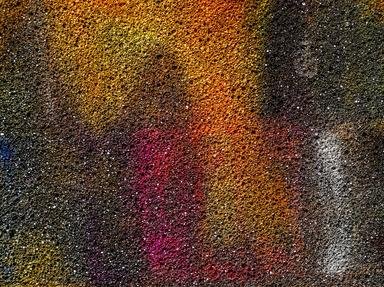Quiz Answer Key and Fun Facts
1. The song "Any Dream Will Do" was written by Andrew Lloyd Webber and Tim Rice for a 1968 musical Broadway play, based on an earlier written narrative. What was the name of the musical?
2. In a play by William Shakespeare, a character contemplates suicide but doesn't take that step, because he believes death may be like sleep, and he fears "what dreams may come, when we have shuffled off this mortal coil." In what play does this character appear?
3. In Matthew 1:20, an angel speaks in a dream to a man who is troubled and is searching his heart for the honorable thing to do after receiving shocking news. In most translations of the Bible, how does the angel address this man?
4. There are men named Joseph in Genesis in the Hebrew Bible and in Matthew in the Christian New Testament. Both have dreams. What place of exile do they also have in common?
5. In Australian Aboriginal traditions, to what does "The Dreaming" or "Dreamtime" refer?
6. What Swiss psychoanalyst went beyond his colleagues to argue that dreams not only reveal repressed emotions and desires of the personal unconscious but also tap into a collective unconscious that holds archetypes shared by all humans?
7. What American clairvoyant - called the "Sleeping Prophet" - interpreted dreams, gave psychic readings, told the future, and offered medical and spiritual healing while seemingly asleep or in a deep trance?
8. While it was written in the 1930s, the song "Dream a Little Dream of Me" is perhaps best known for the rendition done in the 1960s. What singer was featured as soloist on the version of the song recorded by "The Mamas and the Papas" in 1968?
9. One of the oldest poems in the language that would become English, what work of literature relates a dream vision in which the speaker has a conversation with the cross on which Jesus was crucified?
10. The word "dream" is sometimes used metaphorically, referring to a conscious vision of a better world. Whose writing about "a dream deferred" in "Harlem" expressed through metaphors the frustrations of African Americans in the 20th century?
Source: Author
nannywoo
This quiz was reviewed by FunTrivia editor
Exit10 before going online.
Any errors found in FunTrivia content are routinely corrected through our feedback system.


